U.S. Department of Transportation
Federal Highway Administration
1200 New Jersey Avenue, SE
Washington, DC 20590
202-366-4000
Federal Highway Administration Research and Technology
Coordinating, Developing, and Delivering Highway Transportation Innovations
| REPORT |
| This report is an archived publication and may contain dated technical, contact, and link information |
|
| Publication Number: FHWA-HRT-14-023 Date: May 2014 |
Publication Number: FHWA-HRT-14-023 Date: May 2014 |
This appendix provides temperature, relative humidity, and corrosion rate measurements recorded by the proposed monitoring system in the interior of one of the main cables of the Manhattan Bridge in the City of New York.
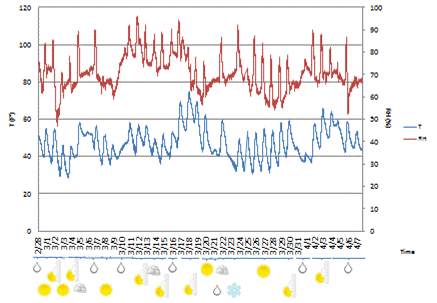
Figure 233. Graph. Temperature-relative humidity measurements for sensor A4 on
Brooklyn side in March 2011
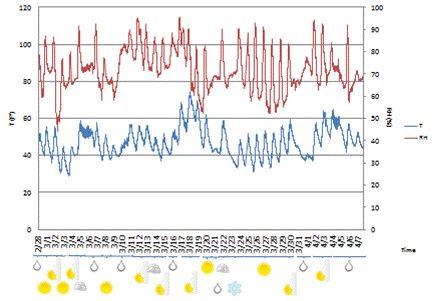
Figure 234. Graph. Temperature-relative humidity measurements for sensor A5 on
Brooklyn side in March 2011
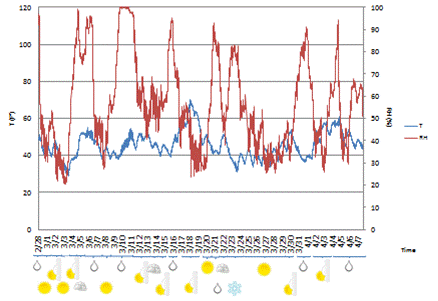
Figure 235. Graph. Temperature-relative humidity measurements for sensor B4 on
Brooklyn side in March 2011
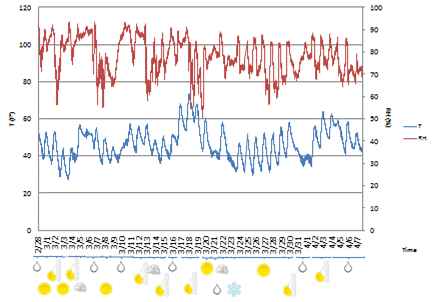
Figure 236. Graph. Temperature-relative humidity measurements for sensor A4 on
Manhattan side in March 2011
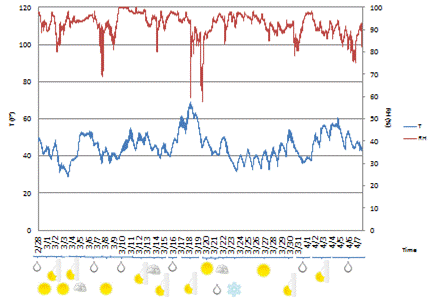
Figure 237. Graph. Temperature-relative humidity measurements for sensor B4 on
Manhattan side in March 2011
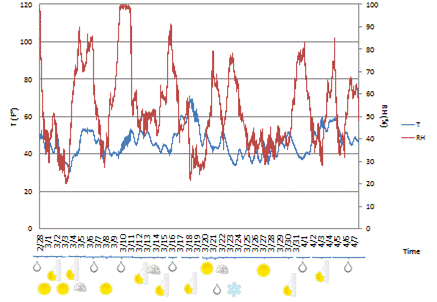
Figure 238. Graph. Temperature-relative humidity measurements for sensor C6 on
Manhattan side in March 2011
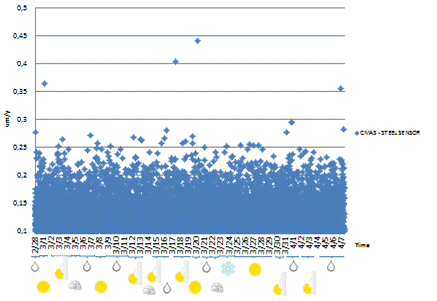
Figure 239. Graph. Corrosion rate measurements for CMAS CS sensor in March 2011
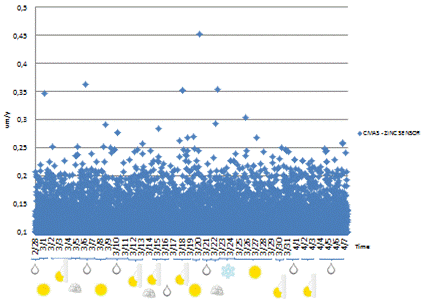
Figure 240. Graph. Corrosion rate measurements for CMAS Zn sensor in March 2011
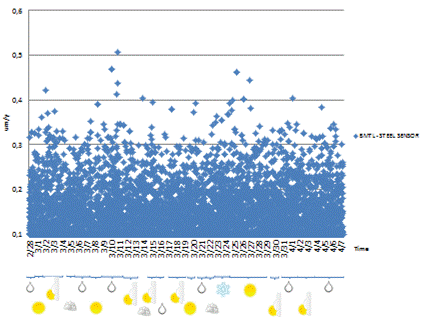
Figure 241. Graph. Corrosion rate measurements for BM CS sensor in March 2011
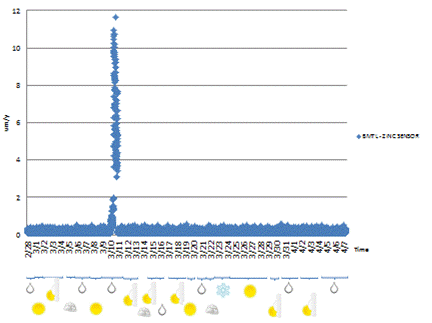
Figure 242. Graph. Corrosion rate measurements for BM Zn sensor in March 2011
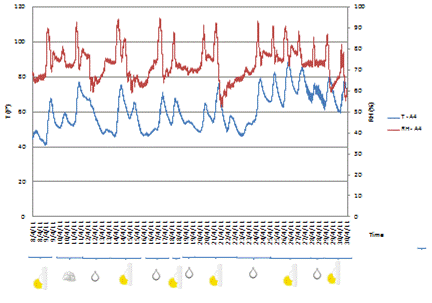
Figure 243. Graph. Temperature-relative humidity measurements for sensor A4 on
Brooklyn side in April 2011
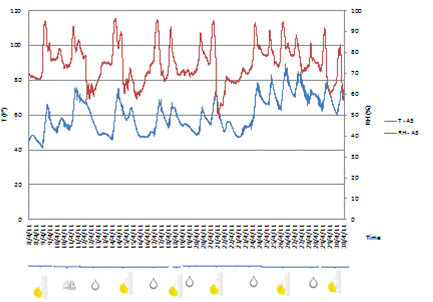
Figure 244. Graph. Temperature-relative humidity measurements for sensor A5 on
Brooklyn side in April 2011
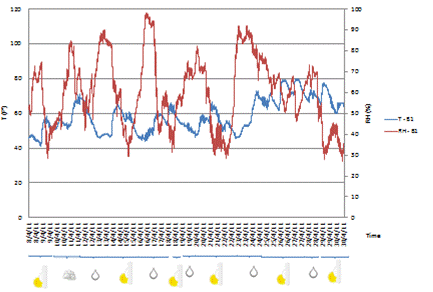
Figure 245. Graph. Temperature-relative humidity measurements for sensor B1 on
Brooklyn side in April 2011
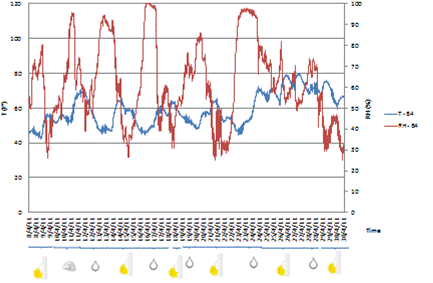
Figure 246. Graph. Temperature-relative humidity measurements for sensor B4 on
Brooklyn side in April 2011
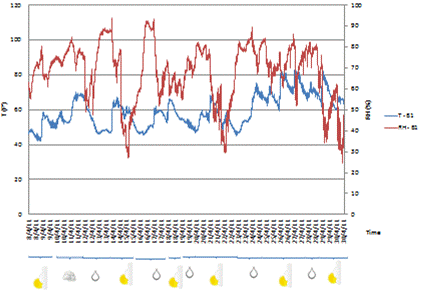
Figure 247. Graph. Temperature-relative humidity measurements for sensor B1 on
Manhattan side in April 2011
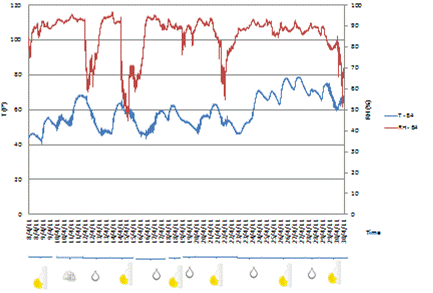
Figure 248. Graph. Temperature-relative humidity measurements for sensor B4 on
Manhattan side in April 2011
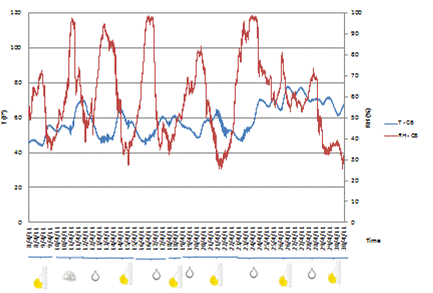
Figure 249. Graph. Temperature-relative humidity measurements for sensor C6 on
Manhattan side in April 2011
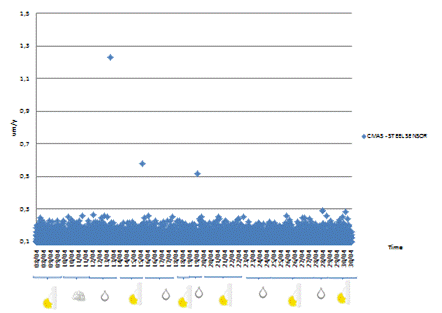
Figure 250. Graph. Corrosion rate measurements for CMAS CS sensor in April 2011
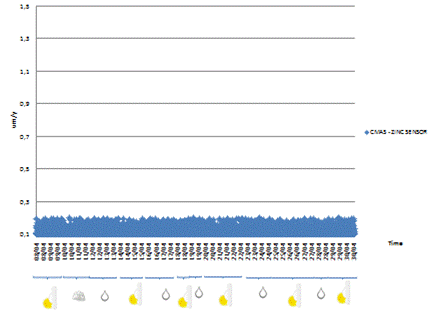
Figure 251. Graph. Corrosion rate measurements for CMAS Zn sensor in April 2011
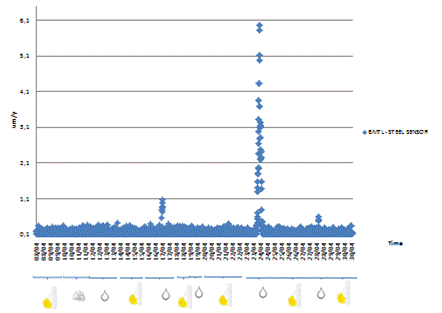
Figure 252. Graph. Corrosion rate measurements for BM CS sensor in April 2011
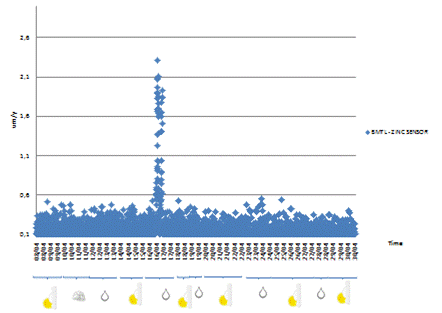
Figure 253. Graph. Corrosion rate measurements for BM Zn sensor in April 2011